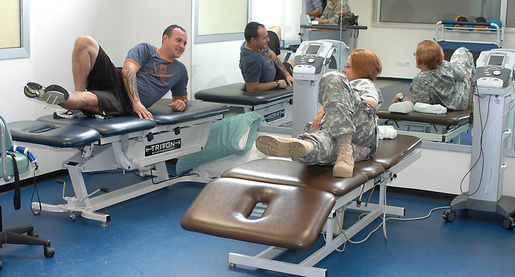Welcome to Our Special Test Pages
Special tests are intended to help guide the physical examination, it is our hope that we can help your understand WHY you perform each test! If you are interested in learning more advanced content, we urge you to look at our insider access pages. These focus on bridging the gap between the classroom and the clinic. Please feel free to send us a message with any questions. Thank you!
-Jim Heafner, Brian Schwabe, Chris Fox
-Jim Heafner, Brian Schwabe, Chris Fox

